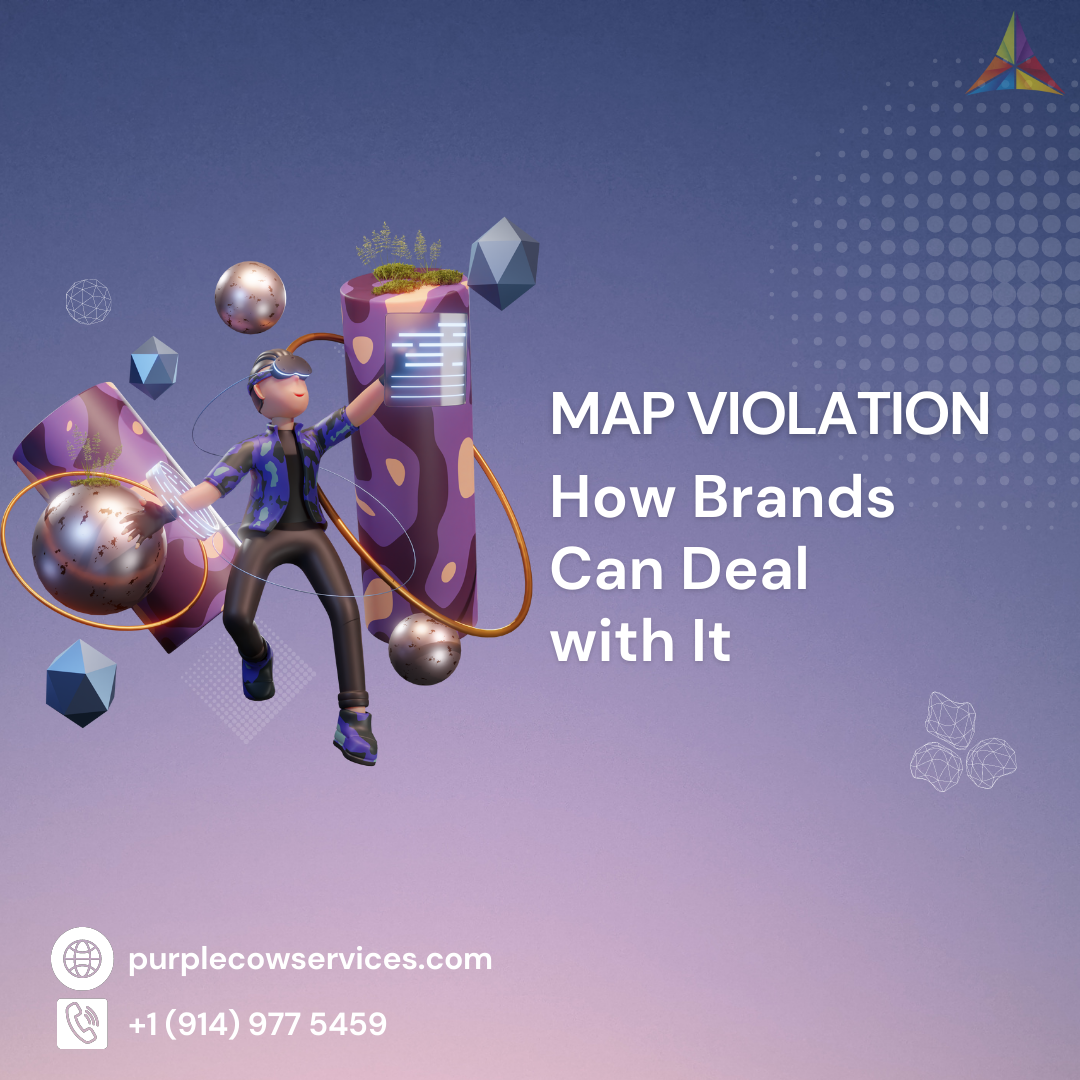This violation can be detrimental to a brand as it can lead to a loss of brand value, customer trust, and revenue. In this blog post, we will explore what MAP violation is, why it is important to brands, and how brands can deal with it..
What is MAP violation?
MAP violation occurs when a retailer advertises a product below the minimum advertised price set by the manufacturer. The MAP policy allows manufacturers to maintain a standard price for their products across all retailers, preventing price wars and preserving the brand’s value. MAP violation undermines this policy and creates a situation where retailers undercut each other to attract customers.
Why is it important to brands?
MAP violation can have a significant impact on a brand’s revenue, reputation, and relationship with retailers. Here are some reasons why brands should be concerned about MAP violation:
Brand value:
MAP violation can lead to a decrease in a brand’s perceived value as customers start to view it as a low-priced commodity instead of a premium brand.
Loss of control:
MAP violation can result in a loss of control over the product’s pricing, which can lead to retailers devaluing the product.
Breach of agreement:
MAP violation is a breach of agreement between the manufacturer and the retailer, and it can strain the relationship between the two parties.
Legal issues:
MAP violation can lead to legal issues if the manufacturer decides to take legal action against the retailer for violating the agreement.
How can brands deal with MAP violation?
MAP violation is a complex issue that requires careful handling by brands. Here are some steps that brands can take to deal with MAP violation:
Monitor pricing:
Brands should regularly monitor the pricing of their products across all retailers to ensure that they are being sold at the agreed-upon MAP price. This can be done manually or through automated tools.
Communicate with retailers:
Brands should communicate with their retailers and educate them about the importance of MAP policy. Retailers may violate MAP unknowingly, and educating them can help prevent future violations.
Enforce the policy:
Brands should enforce the MAP policy and take action against retailers who violate it. This can include sending warning letters, withholding inventory, or terminating the agreement altogether.
Use technology:
Brands can use technology to detect and prevent MAP violation. There are many software solutions available that can track pricing across various channels and alert brands when a violation occurs.
Be consistent:
Brands should be consistent in their approach to dealing with MAP violation. Consistency will help to establish a standard for retailers and deter future violations.
Work with an expert:
Brands can work with an expert in MAP compliance to ensure that they are following best practices and to navigate any legal issues that may arise.
Conclusion
MAP violation can have a significant impact on a brand’s reputation, revenue, and relationship with retailers. Brands should take proactive steps to prevent and deal with MAP violation. The steps include monitoring pricing, communicating with retailers, enforcing the policy, using technology, being consistent, and working with an expert. By taking these steps, brands can protect their brand value and maintain control over the pricing of their products.
Looking to protect your brand’s reputation and revenue? Say hello to the Purple Cow MAP enforcement solution. Our state-of-the-art technology and expert guidance help you monitor pricing. Morever, we help you communicate with retailers, and enforce your Minimum Advertised Price policy to prevent violations. By using Purple Cow MAP enforcement services, you can stay consistent in your approach. Above all, you can avoid legal issues, and maintain control over your brand’s value. Don’t let MAP violations hurt your brand – trust Purple Cow to keep your pricing strategy on track.














